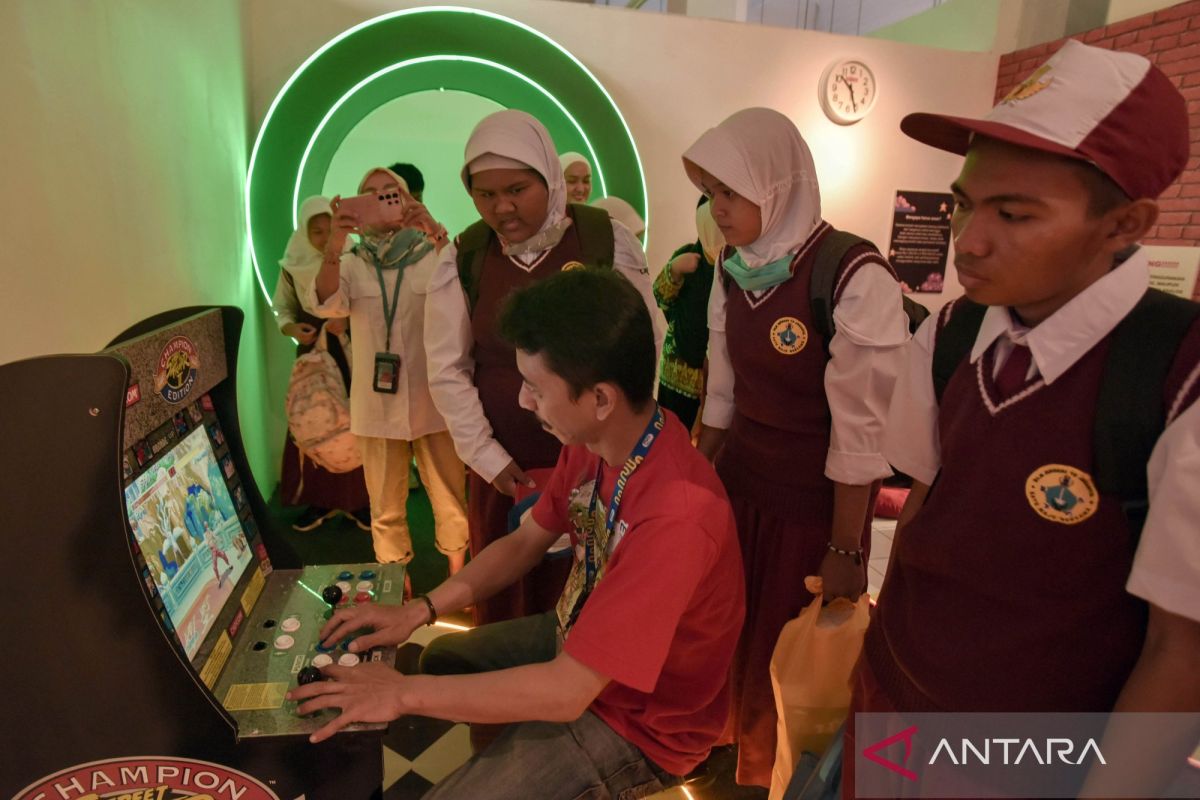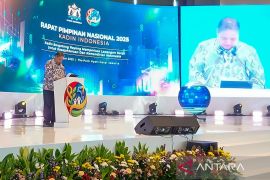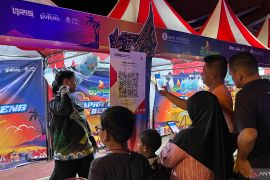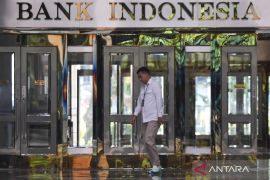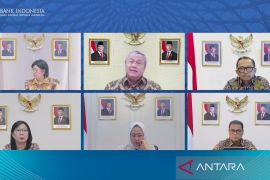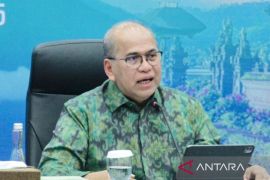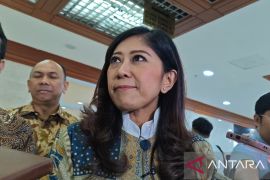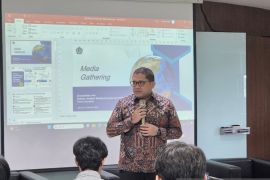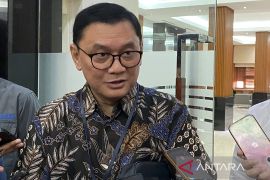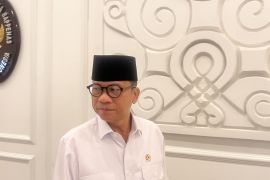For the exhibition, the central bank’s museum has curated a variety of games designed to introduce children to the currencies used throughout different historical eras.
"The exhibition is designed to engage children through play. Playing is important because it helps children learn to cooperate with others, and it also introduces them to the concept of payment systems," said Junanto Herdiawan, head of BI’s communication department, on Monday.
According to the museum, children account for over 51 percent of its visitors. The current exhibition has already attracted students from various educational levels eager to explore the history of Indonesia’s economy, Herdiawan added.
The exhibition is divided into several thematic zones. One section represents the digital era from 2000 to the present, reflecting today’s reality in which children are more accustomed to playing online and engaging in cashless financial transactions through QRIS (Quick Response Code Indonesian Standard), e-wallets, and cards. It features digital displays and banknotes from the 2000s onward.
Another section focuses on the analog era of the 1970s to 1990s, highlighting a time when children played outdoors and used cash to buy toys and snacks. This zone displays a Rp1 banknote from 1968, a Rp1 coin from 1970, a Rp1,000 banknote from 1991, and a Rp10,000 banknote from 1998. Nostalgic children’s songs play in the background, evoking memories of the era.
A third section illustrates the traditional era from 1945 to 1969, portraying simpler times when children made their own toys from materials found in nature. Exhibits include 1- and 5-cent coins from the 1946 Republic of Indonesia’s Money (ORI), as well as coins from the 1963 and 1965 Dwikora editions. The zone also features children’s postage stamps from the period.
Another area, called the coda zone, reflects how children are part of the economy and a key focus of BI’s public outreach. Among the items displayed are a Rp5 coin from the 1974 Family Planning Series, Rp200,000 and Rp10,000 banknotes from the 1990s, and a commemorative Rp75,000 banknote from the 75th Independence Day series.
The final part of the exhibit invites visitors to reflect on children’s roles in social life and emphasizes the importance of limiting their exposure to digital media to support their well-being and development.
Related news: Culture Ministry voices support for creative spaces for kids
Related news: Need to protect kids from ill effects of technology: Prabowo
Translator: Rizka Khaerunnisa, Mecca Yumna
Editor: Anton Santoso
Copyright © ANTARA 2025
